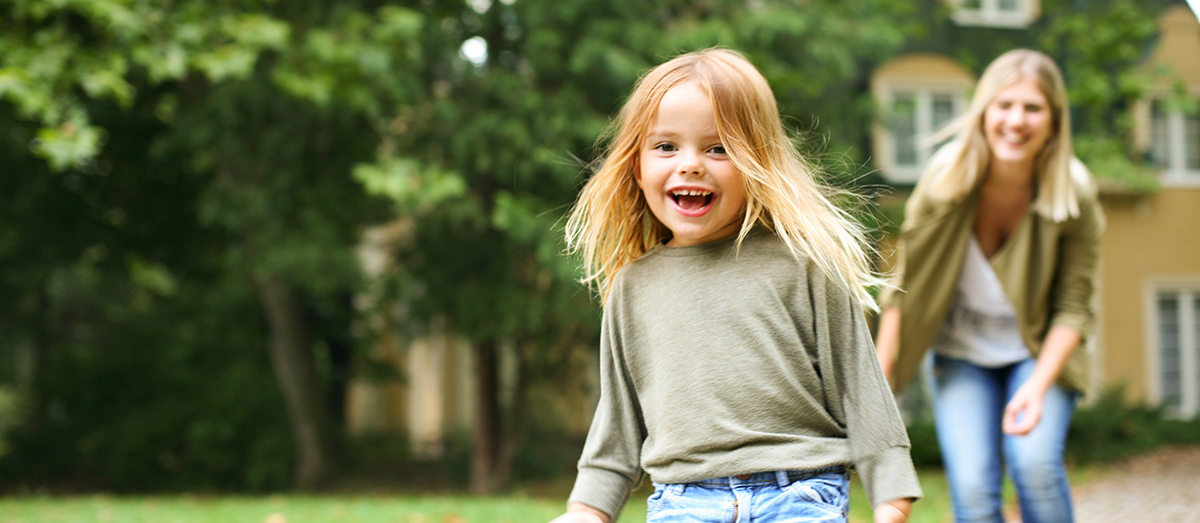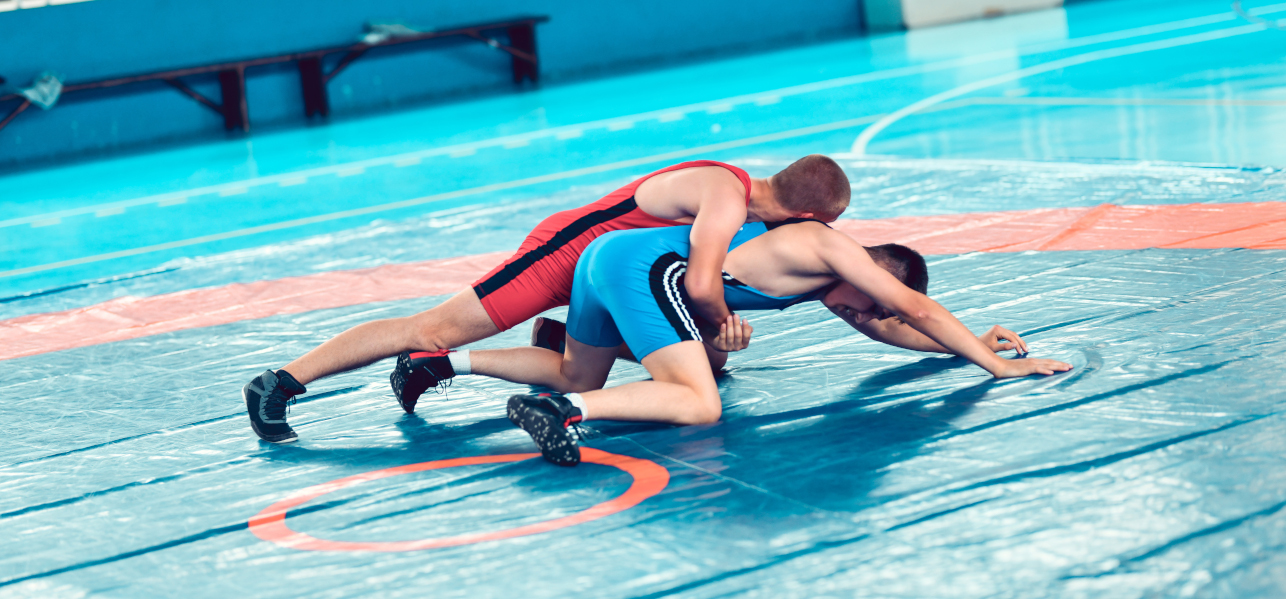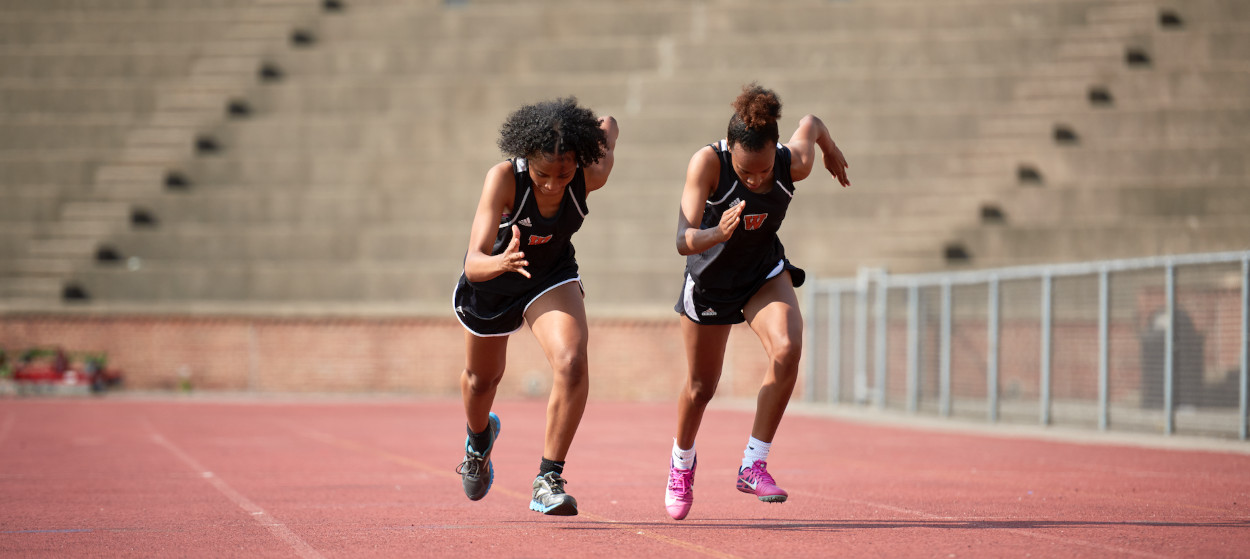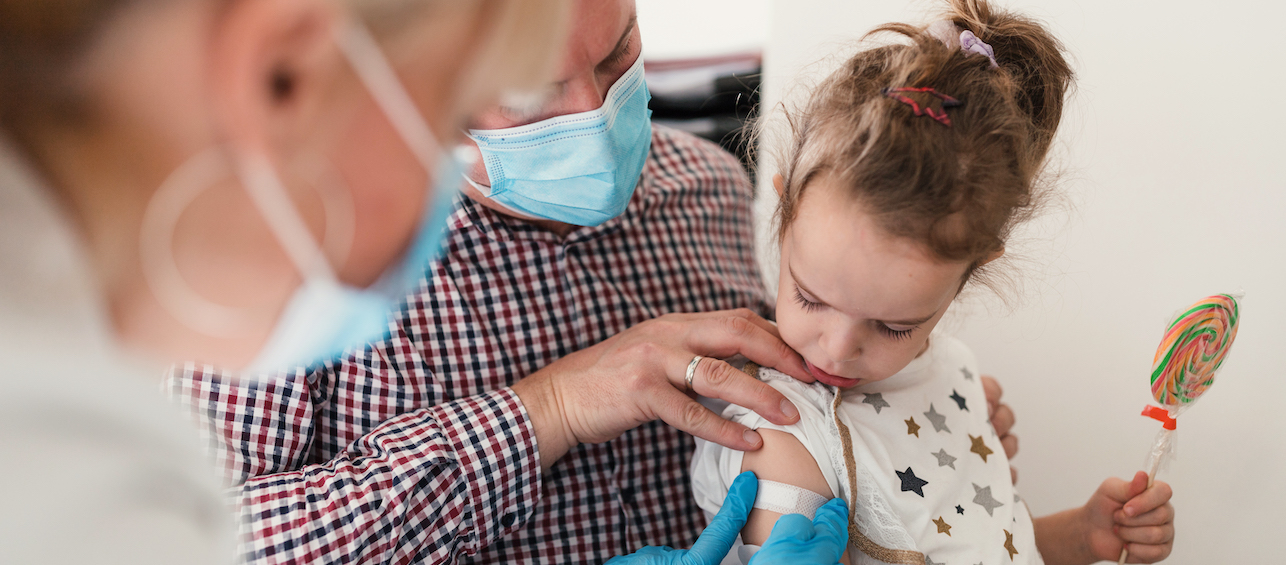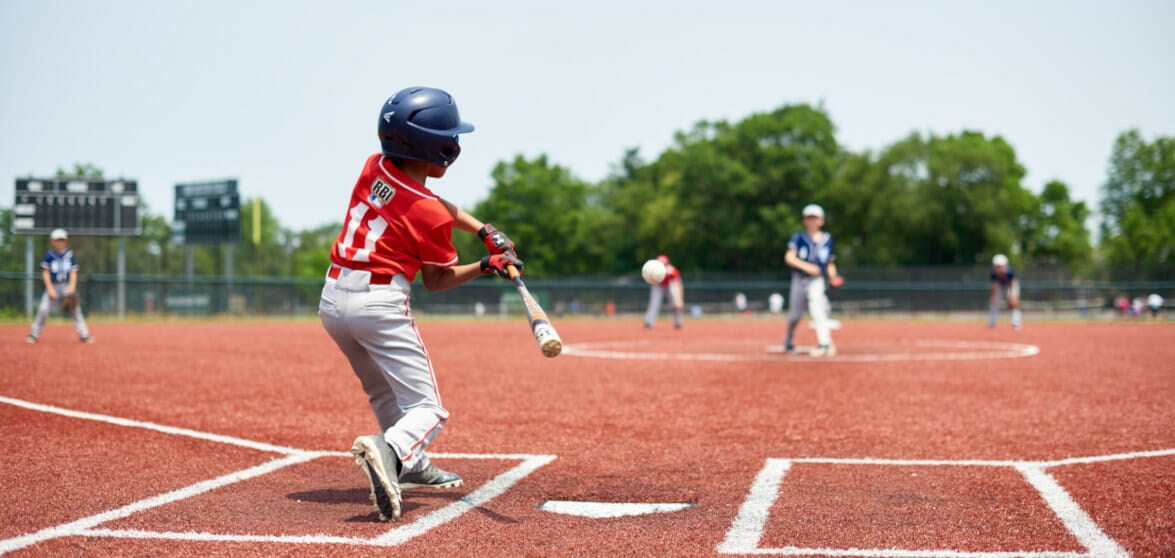Like most of you reading this, I am figuring out how to keep my children and myself physically active without the normal routine of school and sports during the COVID-19 pandemic. These are certainly challenging times for all of us.
As we in sports medicine are trying to navigate them, we are holding daily telehealth clinic visits to stay connected to our patients. One major concern that has arisen from these virtual visits is our patient’s sedentary behavior. I’ve noticed that children have simply stopped exercising. Teenagers are in bed or have been on screens all day – or both! Few kids are practicing their sport in any way. Many are not even going outside….all day.
The Importance of Continuing Exercise
As a sports medicine physician and pediatrician I find this worrisome. It is essential for kids to continue being physically active. Here’s why:
- Brains need physical activity to stay psychologically healthy. If your child has stopped exercising, you may notice an increase in emotions, especially irritability. Children and adolescents who are used to being physically active have brains that are used to this activity. Their brains NEED the physical activity to stay psychologically healthy.
- Brains work best when they have regular physical activity. Concentration and focus right now are challenging for the student engaging in ‘alternate learning’ while school is physically out. Moderate exercise for at least 20 minutes has been shown to increase ability to focus and learn in the few hours after – use it!
- Exercise promotes better sleep: We need our children to sleep well, and normally, during this time. Schedules are off. People are stressed. This is harder to manage when we are sleep deprived. Our coping skills are not as sharp. Exercise helps with both sleep initiation (falling asleep) and consolidation (staying asleep).
So how can we help our children stay physically active during these challenging times? Here are some strategies I am using with my three children, ages six and seven:
Tips for Encouraging Exercise at Home:
- Make physical activity intentional. If you don’t plan it, it probably won’t get done. We have dedicated one-hour blocks of time for exercise each morning and afternoon, with ‘free exercise’ outside after ‘school’, which we are ending at 3:30 daily. For older children and teens, many coaches have been sending home training ideas. Be intentional about this and include it on their daily schedules.
- Let them choose. Everyone needs to feel in control of themselves, so give your child two choices for exercise, both of which would be acceptable. Example: We are going on a hike! Would you like to hike in the park or up to your school?
- Make it fun. Here are things we have done so far: hiked in our neighborhood and in parks; ridden bicycles with the adult running alongside; ridden scooters to the park; practiced indoor grounder/fly ball/line drive catching in our hall with a soft ball (this is now a particularly popular game in our home); creek walked/hiked; had jumping jack competitions; hosted yard races. This is as fun for me as it is for them, and I need it.
- Start fresh! For children and adolescents who are not regular exercisers, now is a great time to start, especially with more down time at home. Aim for 20 minutes of walking, preferably outside. Increase the time as you can – with a goal of at least 60 minutes every day. This doesn’t have to be in one long session. Feel free to break it up as needed.

